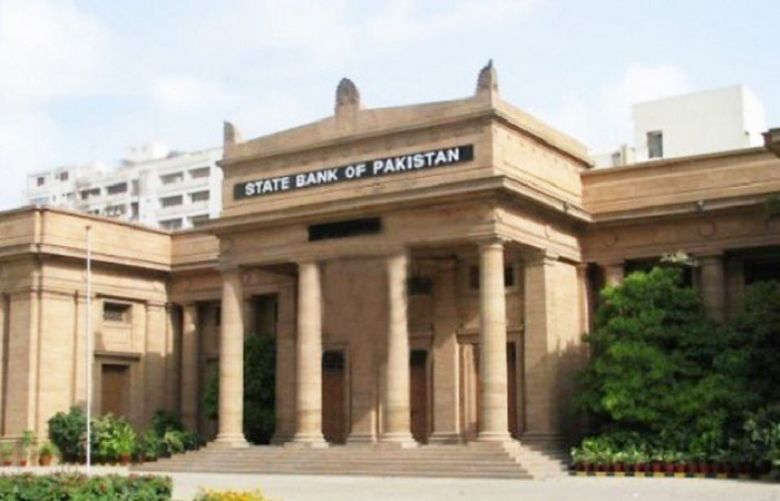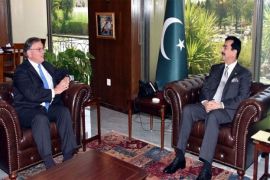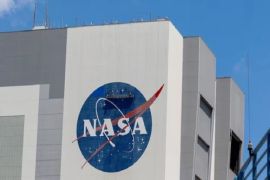The State Bank of Pakistan (SBP) has left interest rate unchanged at 5.75% for the next two months keeping in view the inflationary numbers below the expectation.
“The inflation expectations in the current fiscal year continue to remain well anchored,” said the central bank in its bimonthly Monetary Policy Statement issued on Saturday.
The central bank has maintained the rate since May 2016, which is over four-decade low rate.
Majority of analysts argued that the rate stood at its bottom and foresaw gradual upward revision going forward.
It was standing in double digits (at 10%) in first half of fiscal year 2012-13.
SBP added that the real economic activity continues to gather pace at the back of better agricultural output, increase in key Large-scale Manufacturing sectors, and a healthy uptick in the credit to private sector.
This expansion is helped by a range of factors including low cost of inputs, upbeat economic sentiments, improved energy supplies, and China-Pakistan Economic Corridor (CPEC) related investments.
“As a result, GDP growth is expected to further improve in FY17,” it said.
Also, prudent monetary policy stance has translated well into low and stable market interest rates, which incentivised private sector to borrow from commercial banks to finance their businesses and investment activities.
Similarly, consumer financing continued the uptrend in the first eight months of the current fiscal year. Improved interbank liquidity conditions also spurred the growth in private sector credit.
This was led by both net government retirement to commercial banks and a decent increase in bank deposits compared to the withdrawals seen last year. Furthermore, interbank liquidity was managed well with calibrated open market operations that kept the weighted average overnight repo rate close to the policy rate.
The expansion in economic activity has also translated into significant increase in imports, which along with lack of any sustained improvement in exports and a small decline in remittances has pushed the current account deficit to $5.5 billion during Jul-Feb FY17. While net financial flows remained higher, these were not sufficient to finance the current account deficit.







